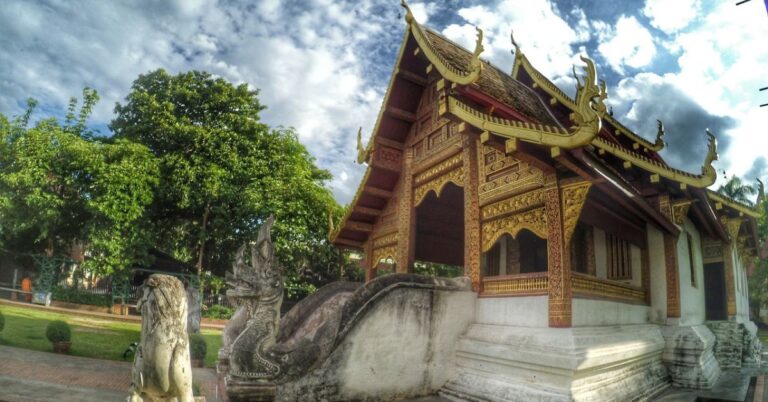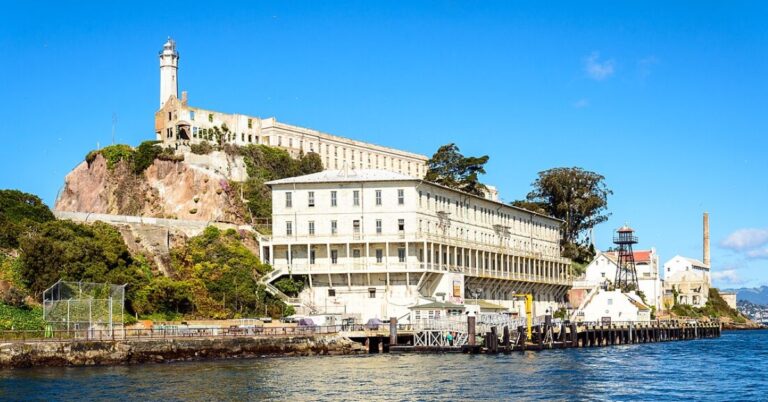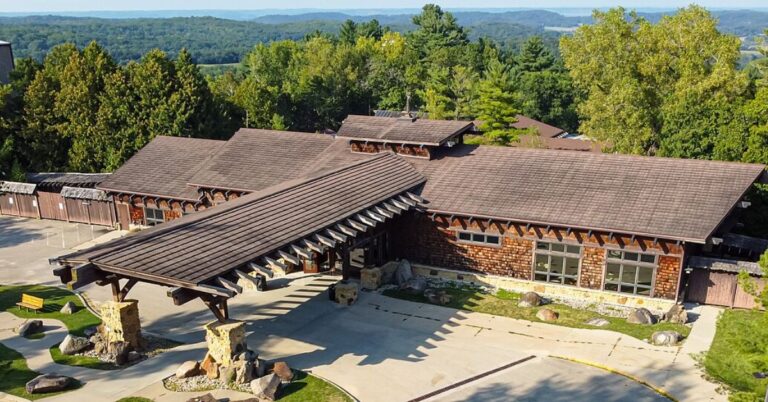25 Ancient Structures To Explore If You’re Into History And A Bit Of Mystery

It’s fascinating how forgotten cities still have so much to say. A carved stone, a weathered column, or a fallen fortress can reveal the triumphs and struggles of those who came before us. If you’re drawn to places where the past lingers in the air, these 10 ancient ruins are worth your visit.
Machu Picchu, Peru
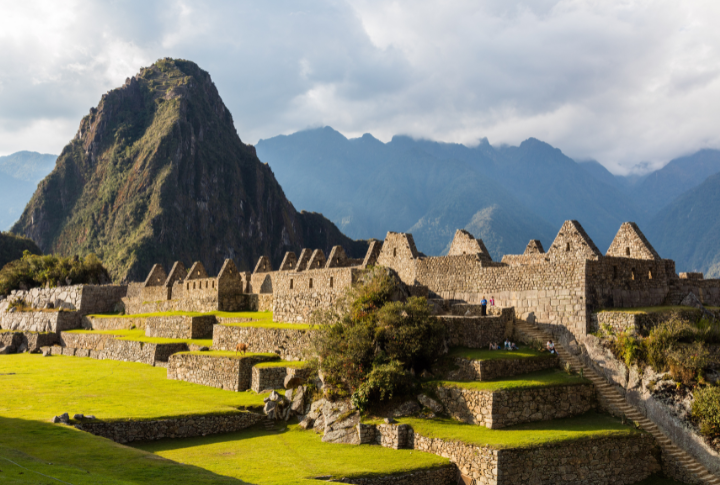
High in the Andes, this extraordinary 15th-century retreat defies time and terrain. The Incas shaped immense stones with unmatched precision to create a breathtaking mountain citadel. Exploring its intricate passages unveils the brilliance of a people who mastered the mountains.
Petra, Jordan
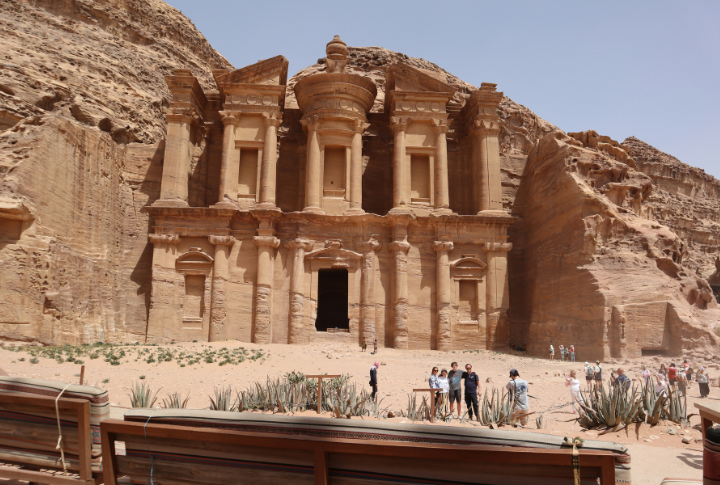
At Petra, the cliffs turn into architecture. Ancient Nabateans carved every inch with purpose, from flowing aqueducts to mythical figures in stone. The scale is enormous, but the details pull you in. It’s not just another ancient city—it’s an experience built to last forever.
Angkor Wat, Cambodia

Angkor Wat started as a Hindu sanctuary and later transitioned into a center of Buddhist worship. Spread across a vast area in Cambodia’s Siem Reap Province, the complex features endless corridors, raised towers, and ancient bas-reliefs that tell stories of gods, battles, and spiritual transformation through stone.
Chichen Itza, Mexico
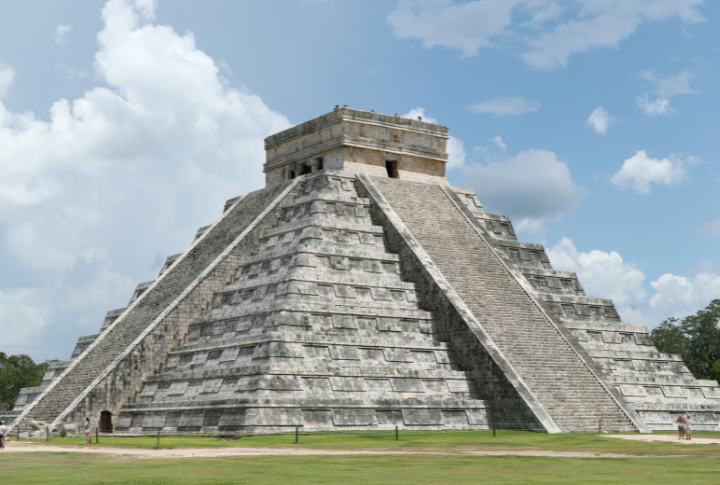
This marvel, with a major structure built between the 9th and 12th centuries in Mexico’s Yucatan Peninsula, demonstrates mathematical brilliance beyond its time. The pyramid’s 365 steps precisely match solar calendar days, revealing how ancient Mayans integrated astronomical knowledge into architectural design.
Teotihuacan, Near Mexico City

Teotihuacan, a metropolis near Mexico City, thrived from 100 BC to 650 AD. Its colossal pyramids, aligned with celestial movements, reveal advanced astronomy and mathematics. Wander its vast avenues and take a glimpse at the sophisticated lost civilization predating the Aztecs.
Templo De La Serpiente Bicefala, Guatemala
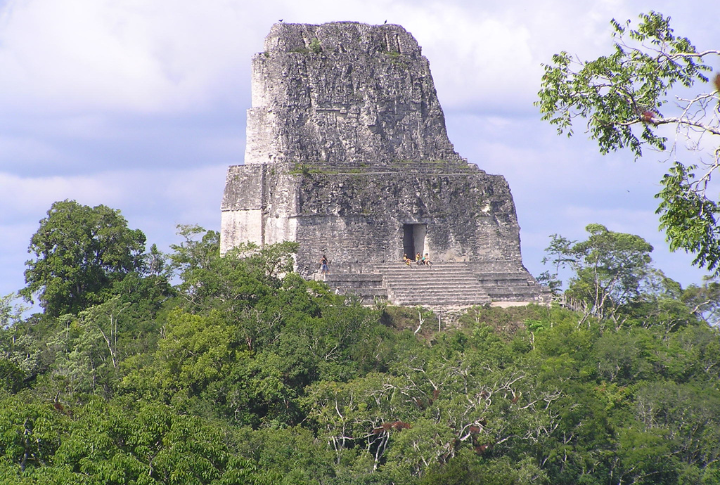
Rising 230 feet above the jungle, Temple IV is Tikal’s tallest and most breathtaking ruin, rivaling the pyramids. Built-in the 8th century for rituals, burials, and sky-watching, the temple now offers a sweeping view where mist drifts through the jungle canopy like ancient spirits still keeping watch.
Mesa Verde National Park, USA
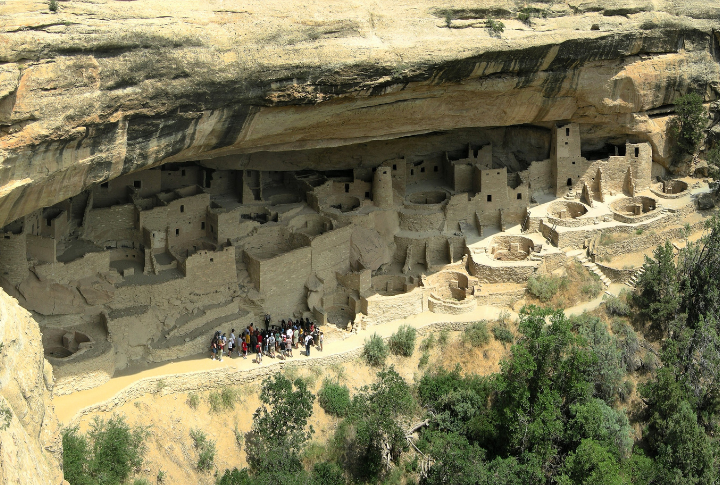
The remarkably preserved Mesa Verde National Park in Colorado presents ancient cliff dwellings crafted by ancestral Pueblo peoples. Dating back over 700 years, its intricate stone structures and panoramic vistas invite exploration. Visit these historic abodes and hear indigenous narratives for a nuanced travel experience.
Cahokia Mounds, USA
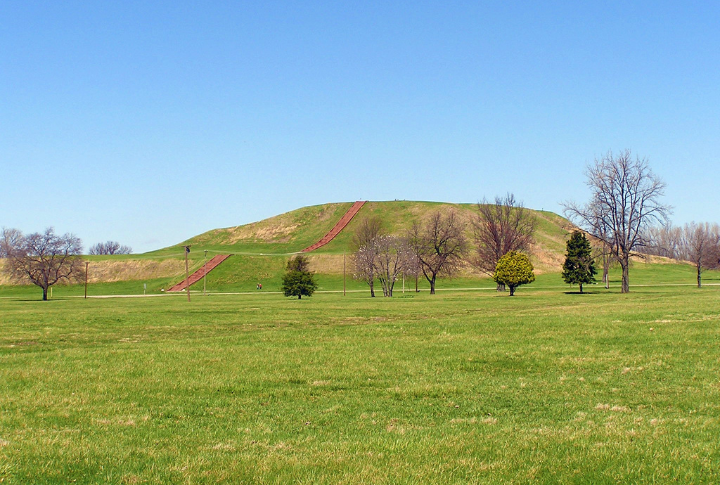
Cahokia Mounds stand as proof of pre-Columbian urban brilliance. Between 1050 and 1350 AD, this thriving city shaped massive earthen structures that reflect Native American ingenuity. As you walk its ancient grounds, each mound reveals a deeper connection to a long-forgotten civilization.
Pompeii, Italy

Pompeii in Italy remains frozen in time, offering a vivid glimpse into life before Mount Vesuvius erupted in 79 AD. Preserved streets with complex frescoes and everyday artifacts paint a detailed picture of Roman society, where tragedy and history intertwine in an unforgettable archaeological wonder.
Ephesus, Turkey
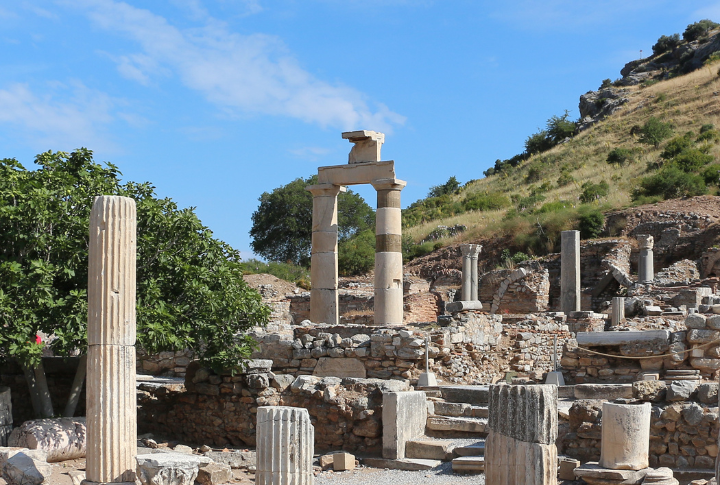
The ruins of Ephesus, near modern-day Selcuk, showcase its evolution as a significant Mediterranean hub. Once a thriving Greek city and later a Roman commercial powerhouse, its grand avenues and baths reflect centuries of history. The Temple of Hadrian, dedicated in 138 AD, remains a striking landmark.
Copan Ruins, Honduras

At Copan, you walk through the heart of Maya civilization. Once bustling with rulers and rituals, its open plazas now echo with history. The carved hieroglyphs tell tales of gods and kings. More than just decoration, these hieroglyphs are ancient messages, preserving a legacy with so many mysteries.
Gobekli Tepe, Turkey
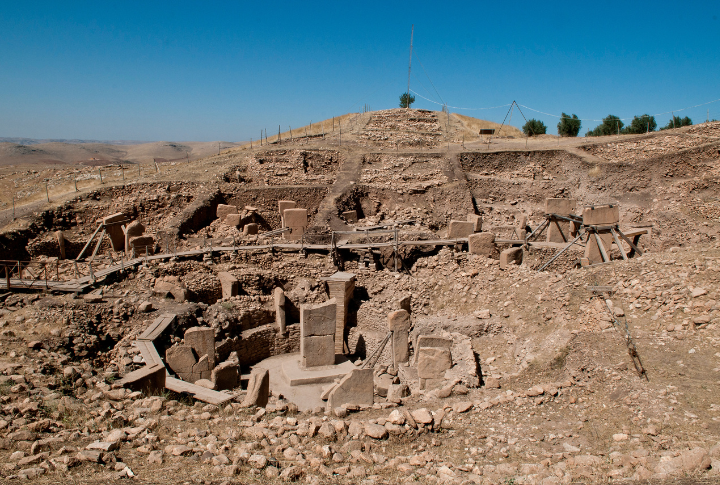
Gobekli Tepe, the world’s oldest known temple, dates back over 11,000 years. Its huge stone pillars, arranged in circles, hint at early religious ceremonies predating cities. This haunting site, adorned with mysterious carvings of animals and symbols, reshapes our understanding of civilization’s earliest origins.
Persepolis, Iran

In Iran’s Fars Province, Persepolis stretches across the desert like a ghost of empire. Reliefs show kings receiving tribute. Gateways stand tall despite centuries of weather. It’s easy to imagine the noise and ritual that once filled those now-quiet stone platforms.
Mycenae, Greece
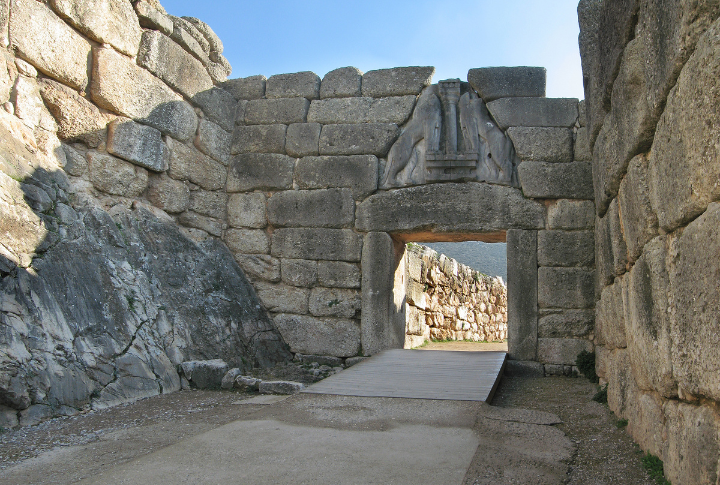
Ancient Mycenae in Greece’s Peloponnese enchants with its monumental citadels and storied palaces. Thriving during the late Bronze Age, this once-mighty kingdom shaped legendary myths of heroes and wars. Its towering walls and royal tombs are enduring relics of a civilization steeped in history.
Sacsayhuaman, Peru
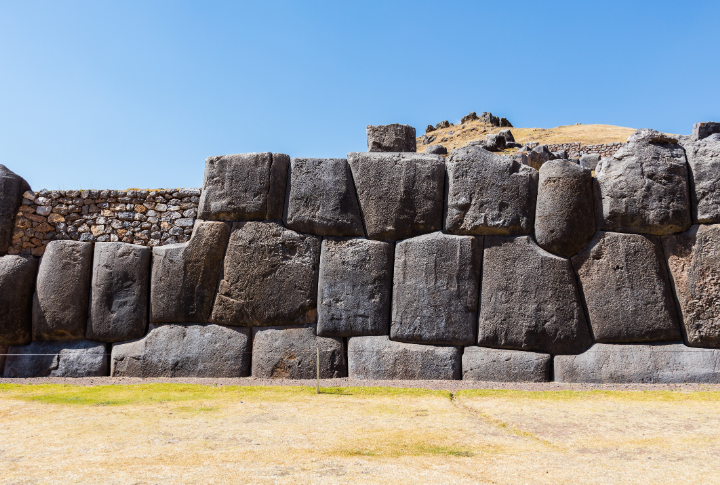
High above Cusco, Peru, the remarkable Sacsayhuaman fortress showcases Incan engineering at its finest. The massive stone walls, built in the 15th century, fit seamlessly without mortar, defying modern understanding. Even today, the stronghold continues to impress with its sheer scale and strategic design.
Ani Ruins, Turkey
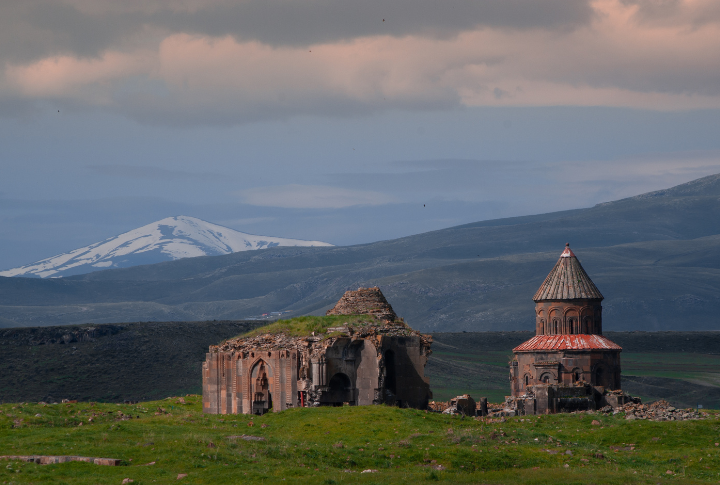
Once a vibrant Armenian capital, the Ani Ruins in Eastern Turkey are now a breathtaking example of medieval grandeur. Its churches and walls, dating back to the 10th century, recall an era when power was in the hands of the clergy. Each worn pathway and sunlit arch invites visitors to contemplate the echoes of an empire lost to time.
Great Zimbabwe, Zimbabwe
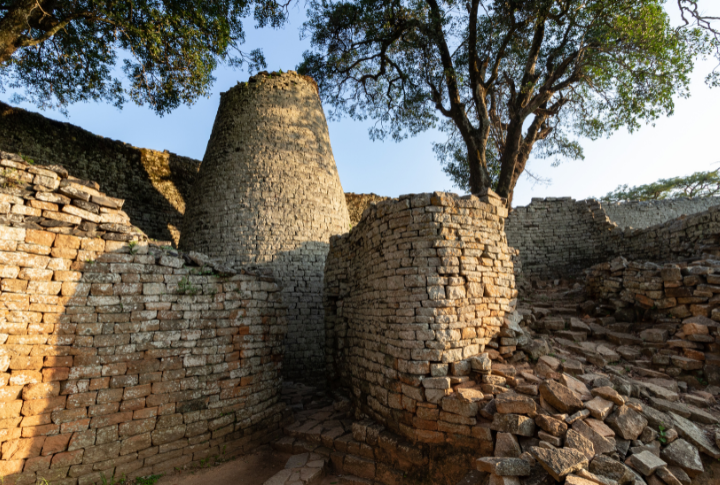
Great Zimbabwe isn’t just a ruin—it’s an achievement. The Shona people built high stone walls without mortar, and those walls still stand centuries later. Traders used to come here from all over, and though the people are gone, the silence still feels full of memory.
Tulum Ruins, Mexico

Set against the Caribbean’s turquoise waters, the Tulum Ruins in Quintana Roo, Mexico, will give you another glimpse into the Maya civilization. This walled city, which had been pieced together during the post-Classic period, was a vital trade hub. Its cliffs and ancient temples are a wonderful fusion of nature and architecture.
Sigiriya, Sri Lanka
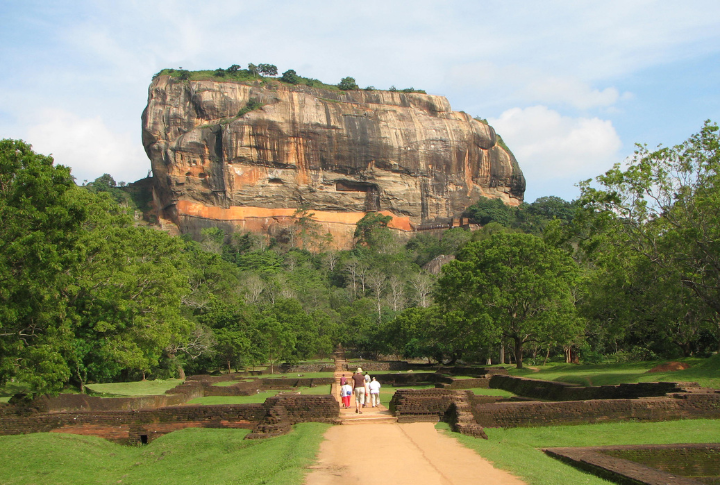
Sigiriya in Sri Lanka’s Central Province impresses with rock fortresses and vivid frescoes. Dating back to the 5th century AD, its complex water systems and landscaped gardens talk about the engineering brilliance of the time. A journey to the summit reveals both historical depth and sweeping scenery.
Nan Madol, Micronesia
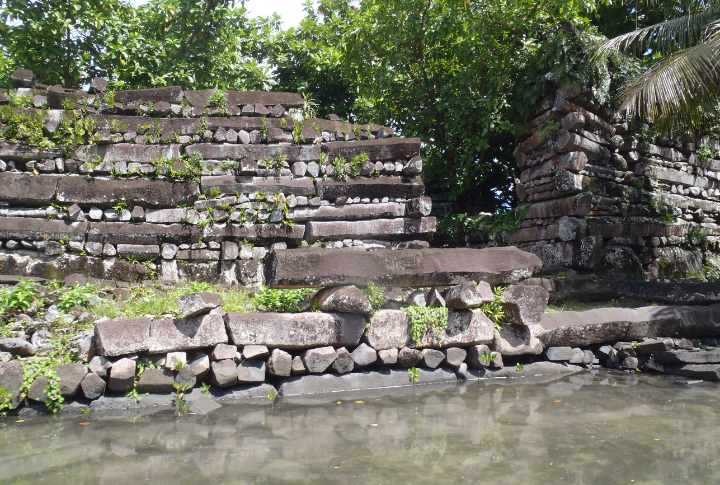
Off the coast of Pohnpei, Nan Madol is an ancient site built between the 8th and 17th centuries. Known as the “Venice of the Pacific,” it features a network of artificial islands connected by canals. The massive basalt stone walls and platforms point to advanced engineering by the Saudeleur dynasty, though its exact purpose—whether ceremonial or political—remains unclear.
Leptis Magna, Libya
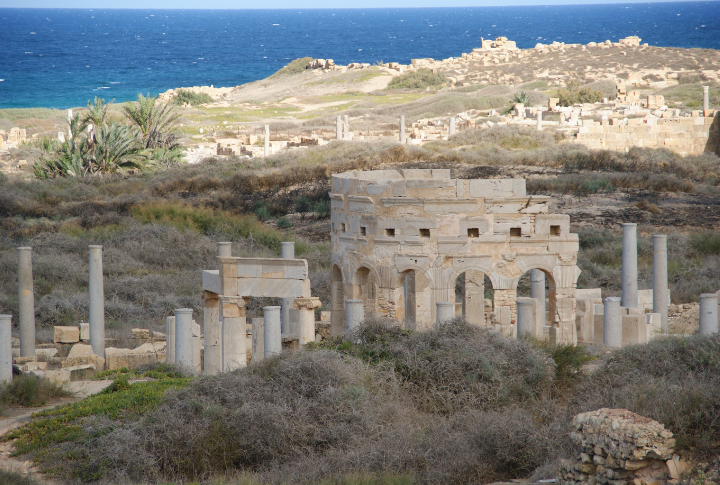
Leptis Magna, a historic city on Libya’s coast, still echoes the architectural glory of ancient Rome. Developed in the 2nd century AD, the stone-paved streets and arched gateways reflect a thriving civilization. Time may have worn its walls, but the stories of merchants and artisans linger in its ruins.
Bagan, Myanmar
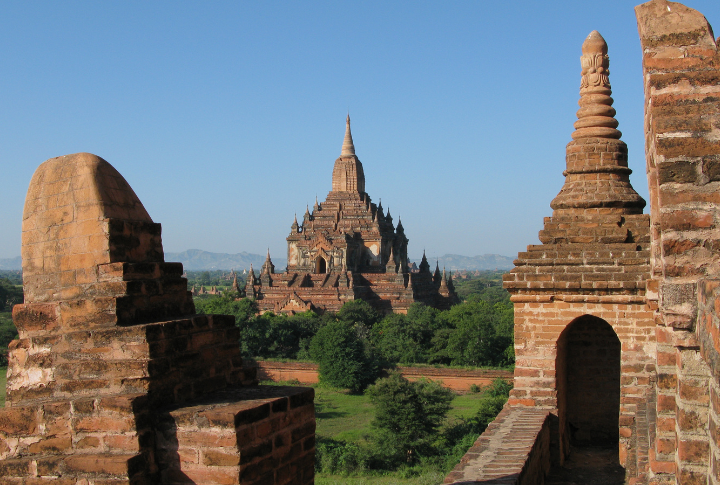
In the middle of Myanmar, Bagan spreads across the land with temples that seem endless. Built by generations of devoted builders, each spire catches light in a different way. The deeper you wander, the more it feels like time’s been paused on purpose.
Carthage Ruins, Tunisia
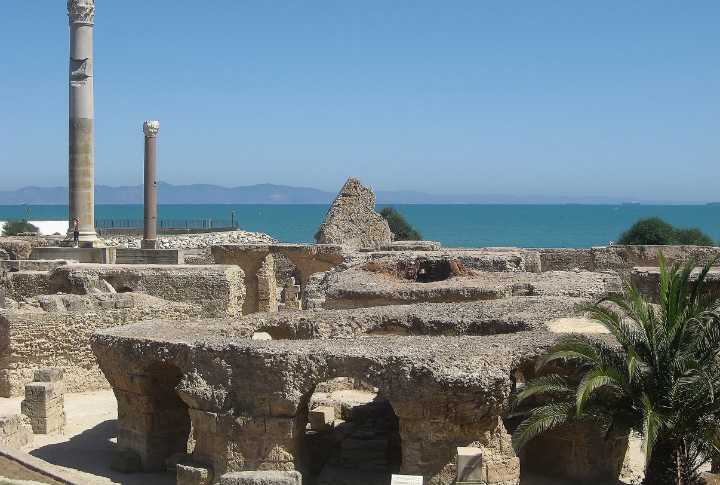
A city of legendary influence, Carthage preserves its Phoenician and Roman past in scattered ruins. Founded in 814 BC, Carthage was once a hub of commerce and military might. Today, those scattered mosaics and stone foundations preserve the memory of a once-thriving metropolis.
Chaco Culture National Historical Park, USA
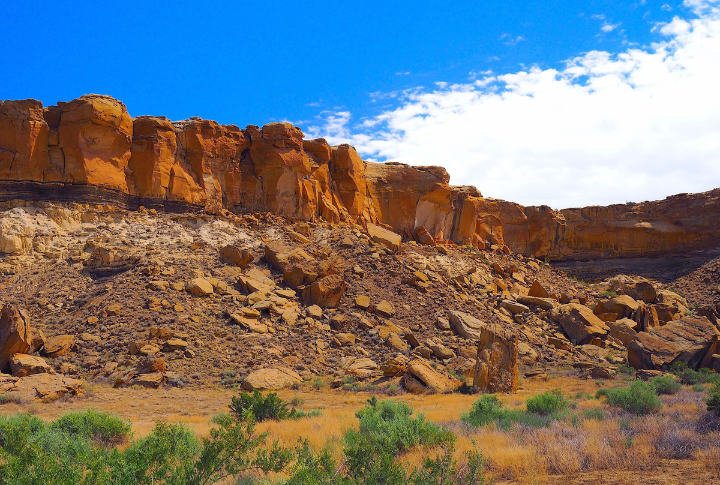
This National Historical Park preserves a civilization’s ingenuity in the heart of New Mexico’s wilderness. From 900 to 1150 AD, its people created monumental stone dwellings and cosmic-aligned carvings, demonstrating advanced knowledge of astronomy and a highly structured community.
Palenque, Mexico
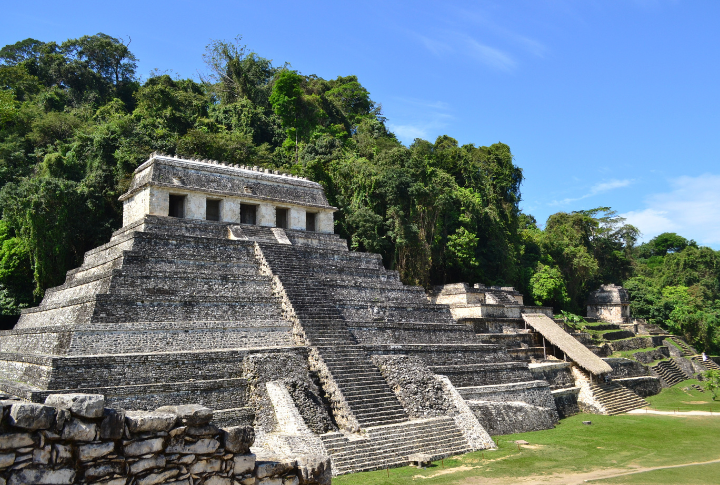
Located in the Chiapas jungle, Palenque is an ancient city that flourished between 600 and 900 AD. Known for its impressive architecture, the site features temples, palaces, and royal tombs. The Tomb of Pakal, one of the most significant discoveries, is adorned with detailed carvings and murals depicting the ruler’s journey to the afterlife.


